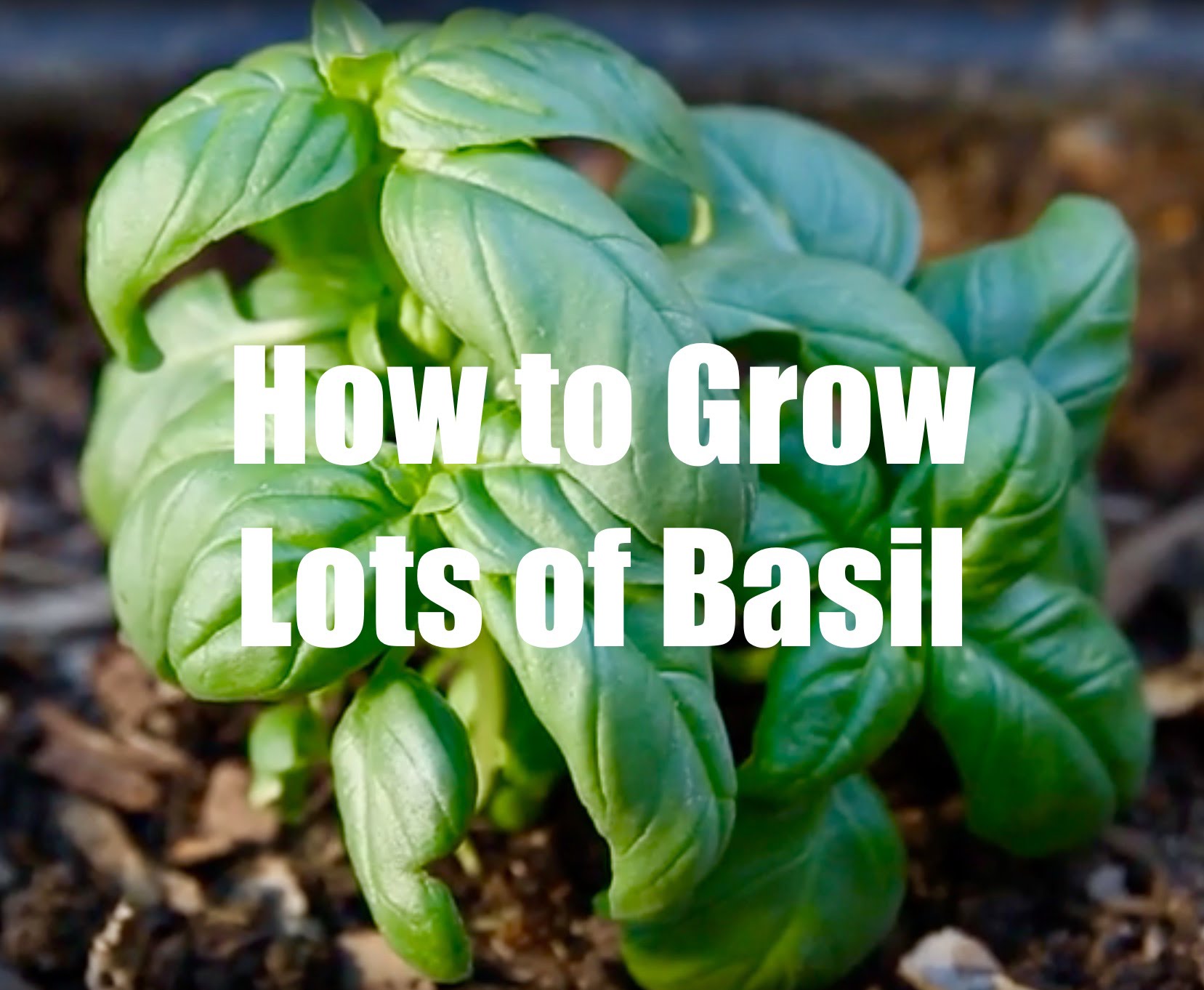Grow Basil Indoors Year-Round: Easy Guide

Imagine having a constant supply of fresh, aromatic basil at your fingertips, regardless of the season. Sounds like a dream, right? Well, it doesn't have to be. Growing basil indoors year-round is not only possible but also incredibly rewarding. Whether you're a seasoned gardener or a novice with a green thumb, this guide will walk you through everything you need to know to cultivate a thriving indoor herb garden.
Why Grow Basil Indoors?
Basil is a versatile herb that adds a burst of flavor to countless dishes. From pesto to Caprese salads, having fresh basil on hand can elevate your culinary creations. But why grow it indoors? For one, it ensures a year-round supply, free from the whims of weather. Plus, indoor gardening can be a therapeutic hobby that brings a touch of nature into your home.
Getting Started: What You Need
Before you dive into growing basil inside, you'll need a few essentials:
- Seeds or Seedlings: You can start from seeds or purchase small basil plants from a nursery.
- Pots: Choose pots with good drainage to prevent root rot.
- Soil: Use well-draining potting soil.
- Light: Basil loves sunlight, so a sunny windowsill is ideal.
- Water: Consistent watering is key to basil plant care.
Choosing the Right Basil Variety
There are several types of basil, each with its unique flavor and growth habits. Some popular varieties include:
- Sweet Basil: The most common type, known for its large, fragrant leaves.
- Genovese Basil: Ideal for pesto with its rich flavor.
- Thai Basil: Has a slightly spicy, licorice-like taste.
- Lemon Basil: Offers a citrusy twist.
Setting Up Your Indoor Herb Garden
Location, Location, Location
Basil thrives in bright, sunny spots. A south-facing window is ideal, but any window that gets at least six hours of sunlight daily will do. If natural light is scarce, consider using grow lights to supplement.
The Right Container
Choose a pot that is at least 4 inches deep and has drainage holes. Terracotta pots are a good choice as they allow for better air circulation.
Soil Matters
Use a well-draining potting mix. Avoid garden soil, which can be too heavy and compact.
Planting Your Basil
Starting from Seeds
- Fill your pot with soil, leaving about an inch from the top.
- Sprinkle a few seeds on the surface and lightly cover them with a thin layer of soil.
- Water gently, ensuring the soil is moist but not waterlogged.
- Cover the pot with a plastic bag to create a humid environment until the seeds germinate.
Starting from Seedlings
- Gently remove the seedling from its container.
- Place it in your pot, ensuring the root ball is fully covered with soil.
- Water thoroughly and place in a sunny spot.
Basil Plant Care: The Essentials
Watering
Basil prefers consistently moist soil but hates being waterlogged. Aim to water when the top inch of soil feels dry.
Light
Ensure your basil gets at least six hours of sunlight daily. If using grow lights, place them about 6 inches above the plant and keep them on for 14-16 hours a day.
Temperature
Basil prefers temperatures between 65-75°F (18-24°C). Avoid placing your plant near drafty windows or heat sources.
Fertilizing
Use a balanced, water-soluble fertilizer every 4-6 weeks. Dilute it to half the recommended strength to avoid overfeeding.
Harvesting and Pruning
When to Harvest
You can start harvesting basil once the plant has at least six leaves. Pinch off the top two to three leaves to encourage bushier growth.
Pruning Tips
Regular pruning is essential for a healthy, bushy plant. Pinch back the growing tips and remove any flowers that form to redirect the plant's energy into leaf production.
Common Problems and Solutions
Yellowing Leaves
This could be due to overwatering or underwatering. Check the soil moisture and adjust your watering schedule accordingly.
Wilting
Wilting can indicate a lack of water or too much heat. Ensure your plant is well-watered and not exposed to excessive heat.
Pests
Indoor basil can attract pests like aphids and spider mites. Regularly inspect your plant and treat with insecticidal soap if needed.
Additional Resources
For more in-depth information, check out these authoritative resources:
Conclusion
Growing basil indoors year-round is a rewarding endeavor that brings fresh herbs to your kitchen and a touch of nature to your home. With the right care and a little patience, you can enjoy a continuous supply of aromatic basil. So, why not give it a try? Your taste buds will thank you!
FAQs
How often should I water my indoor basil plant?
- Water your basil plant when the top inch of soil feels dry. This usually translates to once or twice a week, depending on your climate and the size of your pot.
Can I grow basil from cuttings?
- Yes, you can propagate basil from cuttings. Simply snip a 4-inch stem, remove the lower leaves, and place it in water until roots form. Then, plant it in soil.
What is the best temperature for growing basil indoors?
- Basil thrives in temperatures between 65-75°F (18-24°C). Avoid extreme temperatures and drafts.
How do I prevent my basil from bolting?
- Regular pruning and removing any flowers that form can help prevent bolting. Bolting occurs when the plant starts to produce flowers and seeds, which can make the leaves bitter.
Can I use artificial light to grow basil indoors?
- Yes, grow lights can be a great supplement if natural light is scarce. Use full-spectrum LED grow lights and keep them on for 14-16 hours a day.


Happy gardening!
0 Response to "Grow Basil Indoors Year-Round: Easy Guide"
Post a Comment